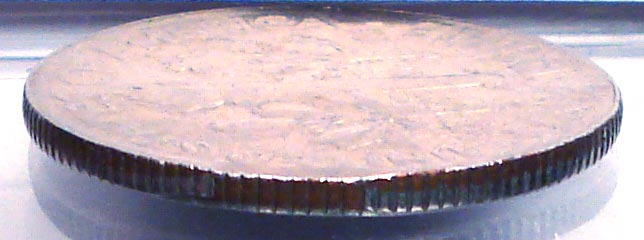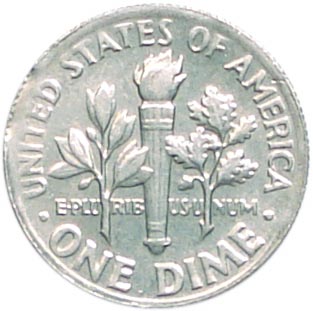Zero percent clip on a 1967 10c
This is the opposite end of the spectrum from the 40% clips that I just posted. Did you think the message title was a joke? It isn't. This is truly a zero percent clip. The only ways you can tell that something's going on are the weak Blakesley effect (on the reverse, at 10:00) and most importantly the inversion of the clad layers on the edge. Inversion of clad layers is not well known as a diagnostic of clips. For that matter, it's not a terribly useful diagnostic either, since it rarely comes into play. But for very small clips like this one, it's definitive.






0
Comments
"These incomplete planchets are sometimes called “rim clips” because they are so small that only the rim is affected. Often the rim is fully upset and the resultant coin shows very little missing metal. Clad planchets show a reversal of the clad layer on the edge. Technically, the term “disc clip” is reserved for clad coinage and the term “rim clip” is used for non-clad coinage. In practical usage they are synonyms."
Click HERE for more error definitions.
ANA LM
USAF Retired — 34 years of active military service! 🇺🇸
Interesting.
I bought it from an error collector who had not seen one before. He cherried it from a dealer's inventory years ago and sold it when he sold the bulk of his clip collection. I was thrilled to pick it up and have never regretted it. It was the first of two double dime clips I have been able to purchase.
It doesn't look to be a "0%" clip, but pretty close.
The other other raw example is below ... also darn close to "0%."
See http://www.doubledimes.com for a free online reference for US twenty-cent pieces
Sean Reynolds
"Keep in mind that most of what passes as numismatic information is no more than tested opinion at best, and marketing blather at worst. However, I try to choose my words carefully, since I know that you guys are always watching." - Joe O'Connor